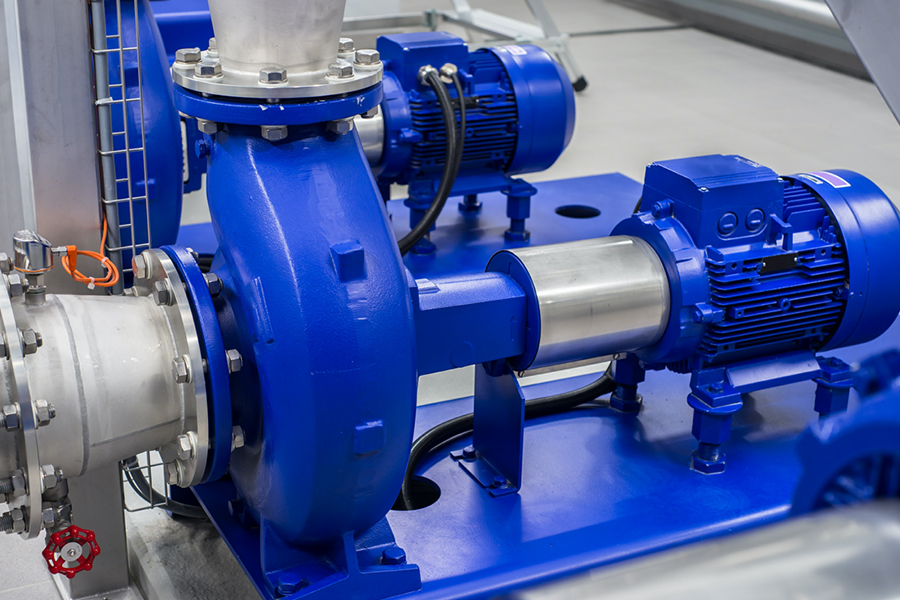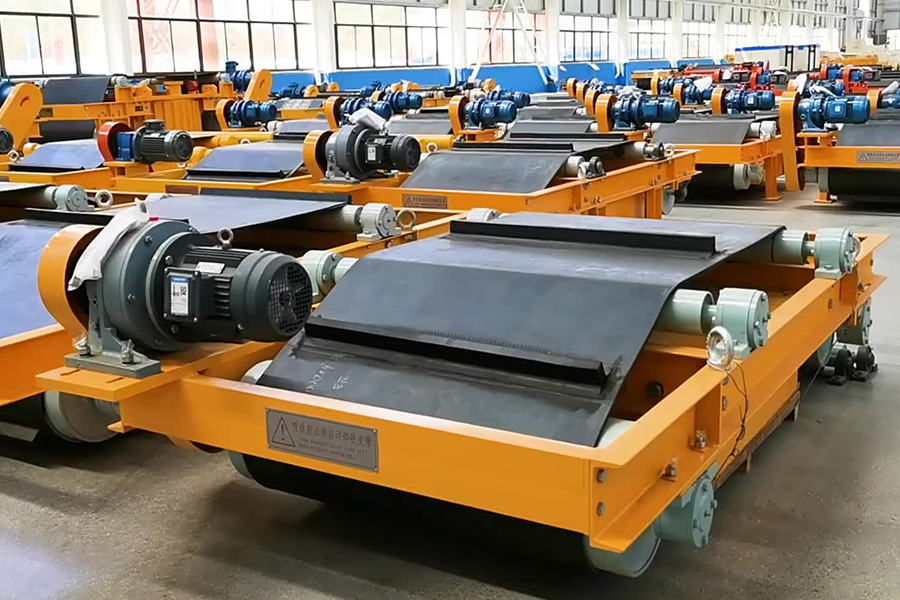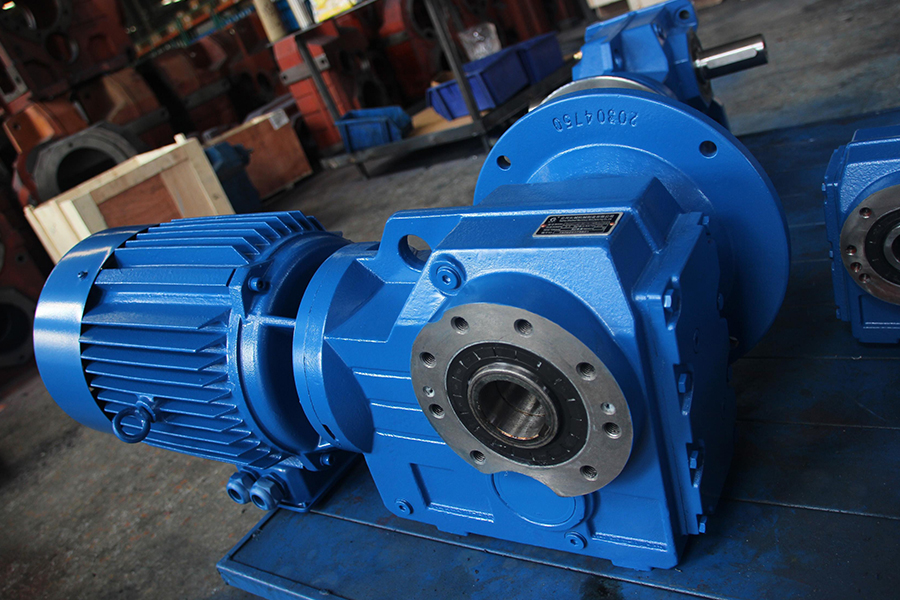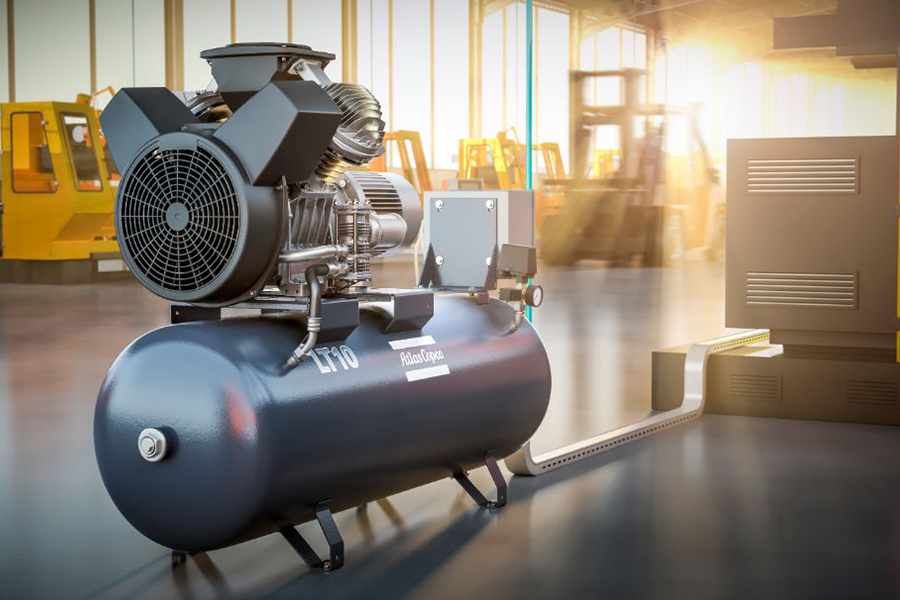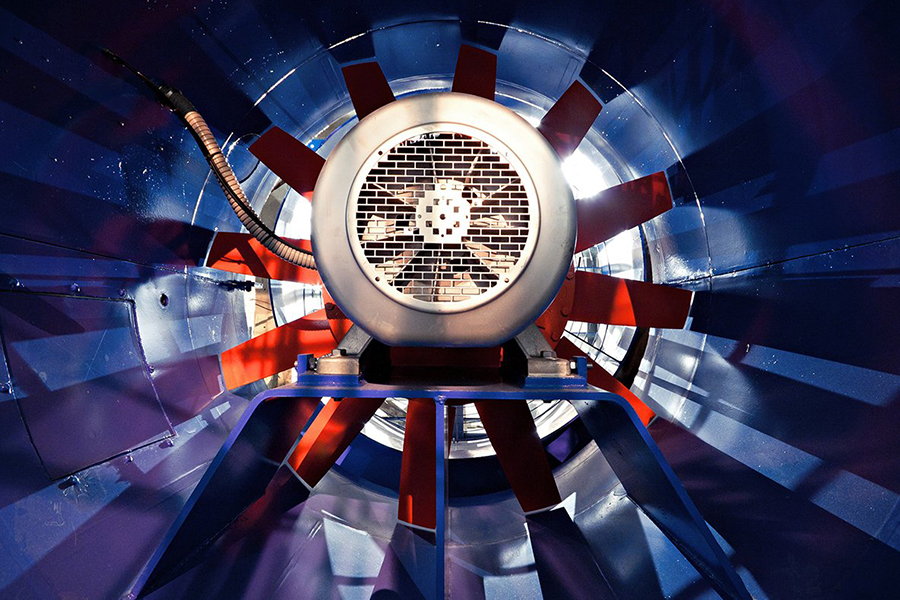In the dynamic landscape of motor technology, two remarkable contenders have been gaining traction for their efficiency and versatility: the DC Asynchronous motor and the Aluminium Coil motor. These two innovations have been pivotal in various industries, offering unique advantages and addressing specific challenges.
DC Asynchronous motors, renowned for their reliability and simplicity, have been a cornerstone in industrial applications for decades. Unlike synchronous motors, which require precise synchronization with the frequency of the power supply, DC Asynchronous motors operate independently of the power source frequency. This inherent flexibility makes them ideal for situations where power supply stability may vary, such as in remote locations or within older infrastructure.
One of the key features of DC Asynchronous motors is their ability to deliver consistent torque across a wide range of speeds. This characteristic is particularly valuable in applications where variable speed control is essential, such as in conveyor systems, cranes, and elevators. By adjusting the voltage supplied to the motor, operators can finely tune the speed and torque output, providing unparalleled control and efficiency.
In recent years, the advent of advanced control systems and electronic components has further enhanced the performance of DC Asynchronous motors. Integrated sensors and feedback mechanisms enable precise monitoring of parameters such as speed, temperature, and load, allowing for real-time adjustments to optimize efficiency and prevent overheating or overload.
Meanwhile, Aluminium Coil motors have emerged as a groundbreaking alternative, offering significant advantages in terms of weight, efficiency, and environmental impact. Traditional motors often rely on copper windings, which not only add substantial weight but also contribute to higher manufacturing costs and environmental concerns due to copper extraction and processing.
Aluminum, with its predominant conductivity and lighter weight, presents a compelling solution to these challenges. By utilizing aluminium coils in motor construction, engineers can significantly reduce weight without compromising performance. This weight reduction not only improves overall efficiency but also allows for easier installation and maintenance, particularly in applications where space and weight constraints are critical factors.
Moreover, Aluminium Coil motors demonstrate impressive thermal conductivity properties, dissipating heat more effectively than their copper counterparts. This inherent thermal efficiency not only enhances motor performance but also contributes to prolonged lifespan and reduced energy consumption over time.
The adoption of Aluminium Coil motors has been particularly notable in the automotive and aerospace industries, where lightweight components are paramount for fuel efficiency and performance. Electric vehicles, in particular, benefit greatly from the reduced weight and improved efficiency of Aluminium Coil motors, pilot to extended driving range, and enhanced sustainability.
In conclusion, the realms of motor technology continue to evolve, driven by the pursuit of efficiency, reliability, and sustainability. The DC Asynchronous motor and Aluminium Coil motor stand as a testament to innovation in this field, each offering unique advantages and pushing the boundaries of what is possible. As industries continue to embrace these advancements, the future holds promise for even more efficient, versatile, and environmentally friendly motor solutions.
The convergence of these technologies opens doors to exciting possibilities in various sectors, from renewable energy integration to robotics and beyond. Collaborative research and development efforts are crucial to further refine these motors, enhancing their performance and accessibility.
One promising avenue is the integration of smart features and connectivity, enabling motors to communicate with other components in a system autonomously. This advancement holds immense potential for predictive maintenance, energy optimization, and seamless integration into the Internet of Things (IoT) ecosystem.
Furthermore, ongoing advancements in materials science and manufacturing techniques promise to unlock new levels of efficiency and sustainability. From the development of high-performance alloys to the refinement of precision machining processes, every innovation contributes to the evolution of motor technology.
As we look ahead, the journey towards more efficient, reliable, and eco-friendly motors is a collective endeavor. By harnessing the strengths of DC Asynchronous and Aluminium Coil motors, alongside other emerging technologies, we can drive progress toward a greener, smarter future.

 English
English 中文简体
中文简体 عربى
عربى



